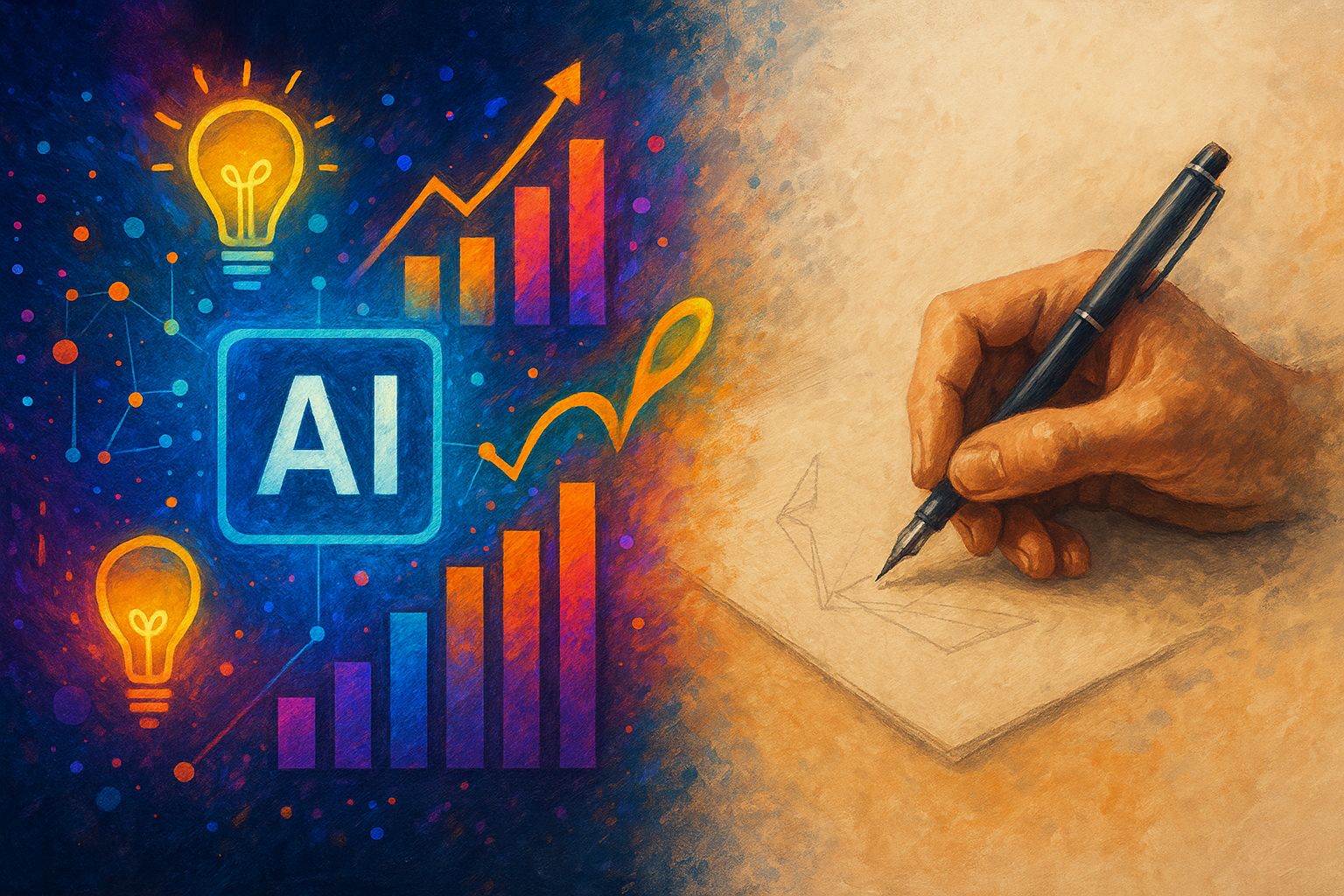
Marketing Pros Hide This AI Secret From Bosses
Most consumers think they avoid AI.
The reality tells a different story. I found that 77% of consumers actually use AI platforms, while only a third believe they do. This gap reveals something profound about how AI has embedded into decision-making processes.
We're experiencing AI adoption without awareness.
The Professional Side Shows Different Numbers
Marketing professionals aren't hiding from AI. They're embracing it at unprecedented rates.
88% of marketers now use AI in their daily work. Even more telling, 91% of AI users reach for their favorite general AI tool for nearly every job.
This represents a fundamental shift in how marketing work gets done.
The Efficiency Revolution
The productivity gains are measurable and significant.
AI saves marketers more than 5 hours every week. But the impact goes beyond time savings. AI-created ads boost purchase intent by 37% and increase brand favorability by 38%.
These aren't marginal improvements. They're game-changing results that explain the rapid adoption.
The Creative Tension Remains
Here's where it gets interesting. Consumer skepticism reveals the continued importance of human elements.
Nearly half of consumers say AI-generated content lacks authenticity. 79% believe a human understands them better than AI ever could. Consumers consistently rate AI-generated video advertising as more annoying, boring, and confusing than conventional ads.
The data shows a clear pattern. AI excels at efficiency and analysis. Humans excel at empathy and originality.
What This Means Moving Forward
The marketing profession is splitting into two camps. Those who blend AI efficiency with human creativity will dominate. Those who choose one over the other will struggle.
The secret isn't avoiding AI or replacing humans entirely.
The secret is finding the balance between AI's analytical power and human insight. The best results come from combining both strengths strategically.
Most marketing decisions now involve AI whether we realize it or not. The question becomes how intentionally we use this reality to create better outcomes.


